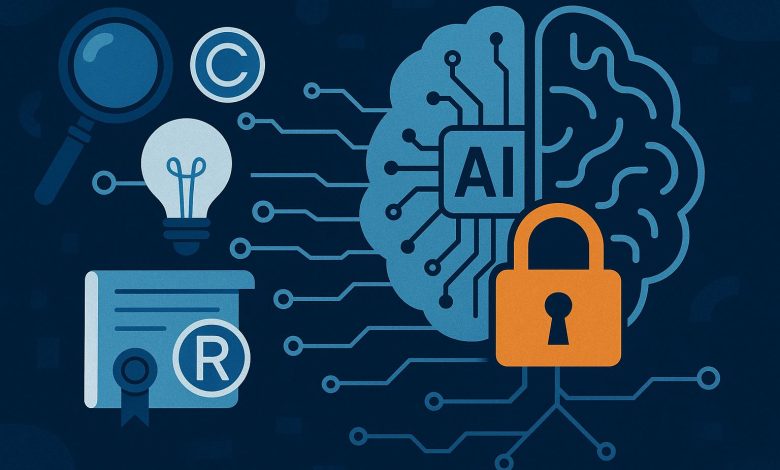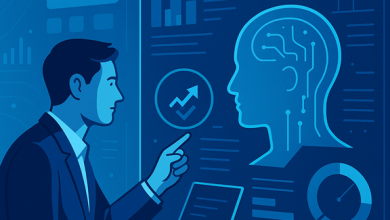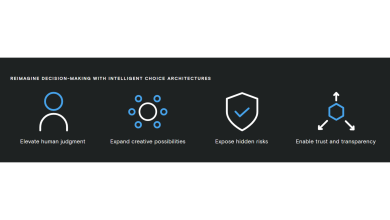
It makes sense to begin with the basics — what intellectual property actually is as a professional activity. Intellectual property sits at the intersection of many disciplines. Patents, in particular, lie at the crossroads of law, technology, management, and economics. Patent work requires processing vast amounts of technical information when assessing patentability, analyzing potential infringements, or drafting new patents. It also demands attention to countless international treaties, local regulations, and administrative procedures.
And yet, even this is not enough. For a patent to deliver value to a company, it must be created with the enterprise’s strategy in mind, along with future monetization paths. Summing it all up, IP work is a complex undertaking that consumes an enormous amount of time — and it is nearly impossible to manage it effectively alone.
The promise of AI
Now let’s turn to where AI already shows real, practical impact. AI excels at analyzing large volumes of data and generating summaries. It can compare different sources, draw conclusions, and process thousands of database entries at once. It is trained on the peculiarities of legislation — although not always perfectly — and can consider the same object from multiple perspectives. In other words, AI seems like a perfect match for IP. Let’s break this down more concretely.
Where AI is already working in IP
Here are the most active directions of AI adoption in intellectual property, ordered from the most developed to those just beginning to take shape. I won’t touch on general “legal tech” use cases like contract drafting or template-based document generation, but will focus specifically on IP.
1. Patent search and summarization
This is the oldest application of machine learning in IP, dating back to the days before we even called it AI. Today, the standard use case is clear: search, cluster, and summarize results. The growth area is in detailed comparisons — matching your invention with prior art and producing reasoned conclusions about patentability. In my view, we may eventually reach a point where manual examination by patent offices can be eliminated. Imagine an AI tool operating at the level of World Intellectual Property Organization (WIPO), universally and quickly checking novelty and inventive step. Local offices would then only need to verify compliance with national laws, rather than redoing the entire patentability assessment.
2. Drafting patents and office action responses
This area has long been under exploration by teams worldwide, but genuinely impressive results have only emerged in the past couple of years. Today, AI significantly reduces the time patent attorneys spend drafting: it can quickly build a skeleton application or prepare a draft response to an examiner’s inquiry, which the attorney then refines. The interesting part is what happens next. In the near future, we may see general-purpose models — say, GPT-7 at twenty dollars a month — drafting patents on par with narrowly trained specialist models. If this happens, companies whose products focus only on AI-assisted drafting may find their business models under pressure.
3. Patent infringement monitoring
This is one of the fastest-growing areas, enabled by AI’s ability to scan massive portions of the internet and find relevant references. Show the system your patent, and it will return sources where potentially infringing products are sold. This is extremely useful. Still, once the AI highlights possible cases, the hard work remains: detailed legal analysis, establishing actual infringement, and pursuing enforcement through courts. The tool has real promise — especially for design patents — but for now it feels more like a “nice to have” than a “must have.”
4. Freedom-to-operate (FTO) analysis
This is the mirror image of infringement monitoring. Instead of checking who violates your patents, you check whether your product might violate others’ rights. Interestingly, discussions within the community suggest that large industrial companies are seeing greater demand for this type of tool than for infringement monitoring. Yet, we haven’t seen many products position themselves explicitly as FTO solutions. My team is currently researching this area, and we hope to share findings soon.
5. Filing and prosecution
This is the least explored use case for AI in IP — not because it is unimportant, but because it involves more than information processing. Filing and prosecution require connections to diverse external systems and, most critically, unstructured interaction with multiple stakeholders.
This is also where much of the current experimentation in the industry is happening — around automating the back-and-forth between attorneys and clients, streamlining communication, and significantly reducing the administrative workload involved in managing filings and contractors. After several years of progress in applying AI to international filing workflows, the field is beginning to show tangible efficiency improvements.
Looking ahead
To sum up: AI plays a critical role in intellectual property today. Across all key areas, it helps patent attorneys and IP managers increase efficiency. Over the past two or three years, progress has been remarkable, but the most exciting breakthroughs are still ahead.
The open question is: which role in IP will remain the most human in five to ten years? Attorney, manager, paralegal, or perhaps something new altogether? That, however, is a topic for the next article.



